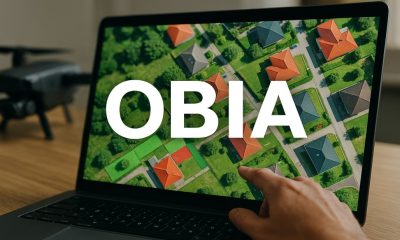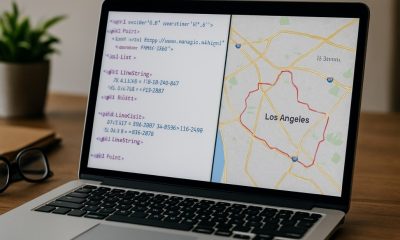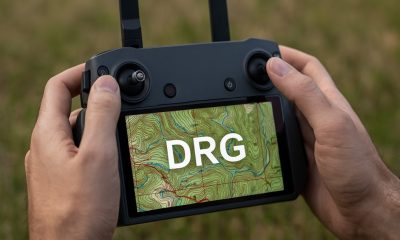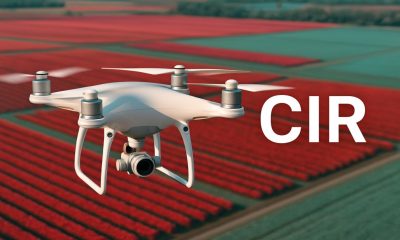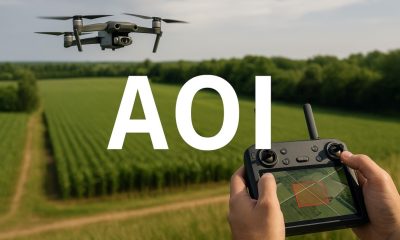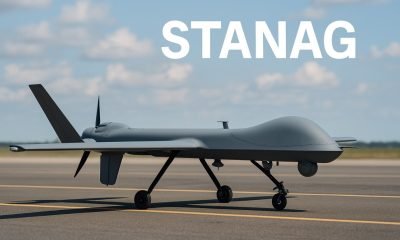- Guide
- Flight in High Winds
- How to Choose Your First Drone
- How to Fly a Drone for Beginners
- Insurance Guide
- Maximize Performance
- Maintenance Tips
- Optimize Flight Time
- Optimize Payload Capacity
- Part 107 & RPAS How to Guide
- Understanding Drone Terminology
- Understanding FAA Drone Regulations
- Safety Guidelines
- Surveying Guide
Top Guides
Maximize Drone Performance- A How To Guide
Table Of Contents
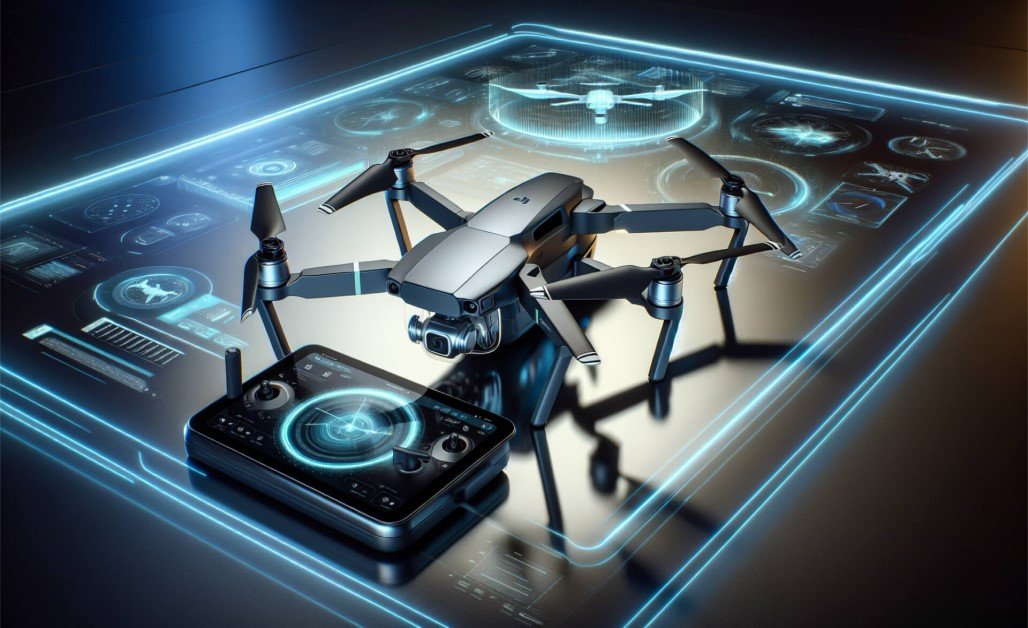
Maximize Your Drone’s Performance: A Comprehensive Guide
Our Guide, Maximize drone performance, is key to achieving longer flight times, smoother operations, and enhanced capabilities. Whether you’re using drones for recreational flying, professional photography, or industrial applications, the right strategies can unlock your drone’s full potential.
What Defines Drone Performance?
Drone performance is influenced by various factors that impact its speed, stability, range, and efficiency. Key components to consider include:
- Battery Life: Determines how long your drone can stay airborne.
- Motor Efficiency: Affects power output and energy consumption.
- Aerodynamics: Impacts flight stability and speed.
- Payload Capacity: Governs how much weight your drone can carry without sacrificing performance.
- Propeller Design: Plays a critical role in thrust and lift.
Essential Tips to Maximize Drone Performance
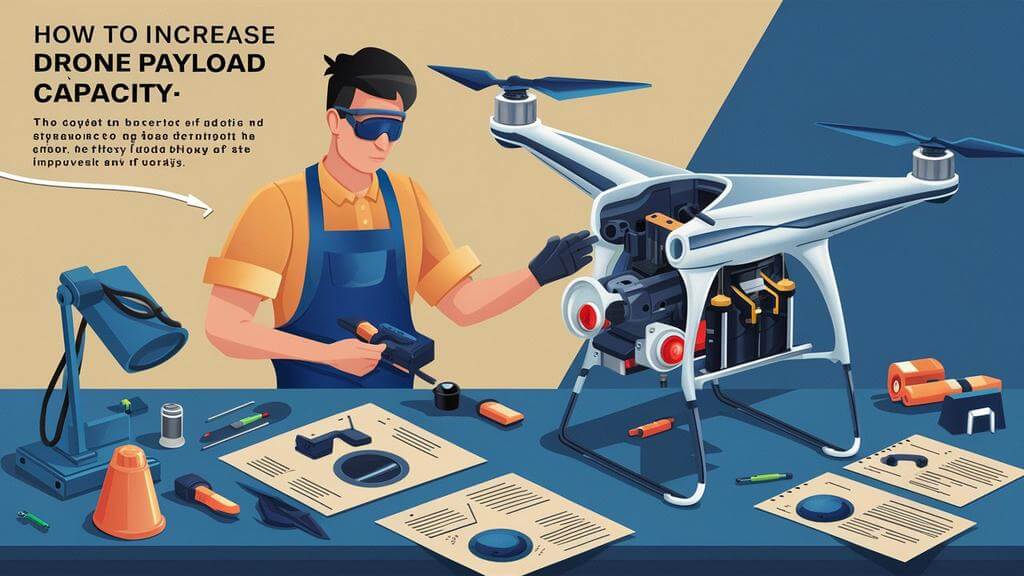
- Upgrade Your Drone’s Battery
- Invest in high-capacity lithium-polymer (LiPo) batteries to extend flight time.
- Regularly calibrate your battery to maintain optimal performance.
- Avoid overcharging or fully discharging your battery to preserve its lifespan.
- Fine-Tune Your Propellers
- Replace damaged or worn propellers to ensure consistent lift and stability.
- Use carbon-fiber or larger-diameter propellers for improved efficiency.
- Optimize Motor and ESCs (Electronic Speed Controllers)
- Upgrade to high-efficiency, brushless motors for better power-to-weight ratios.
- Use ESCs that are compatible with your drone’s motor to reduce energy loss.
- Reduce Weight
- Remove unnecessary accessories or payloads to minimize strain on motors and batteries.
- Opt for lightweight materials in custom builds or modifications.
- Improve Aerodynamics
- Use streamlined designs to reduce air resistance.
- Ensure payloads are compact and securely mounted to avoid drag.
Advanced Strategies to Increase Drone Performance
- Calibrate Sensors and GPS Systems
Proper calibration ensures accurate navigation, altitude control, and stable flights. - Install Performance Firmware
Many drones support custom firmware upgrades that unlock advanced features such as increased speed, better camera control, and extended range. - Use Prop Guards
For beginner pilots, prop guards protect your propellers during indoor or close-proximity flights, reducing wear and tear. - Master Efficient Flight Techniques
Flying in optimal weather, avoiding sudden altitude changes, and practicing smooth maneuvers reduce battery strain and improve flight efficiency.
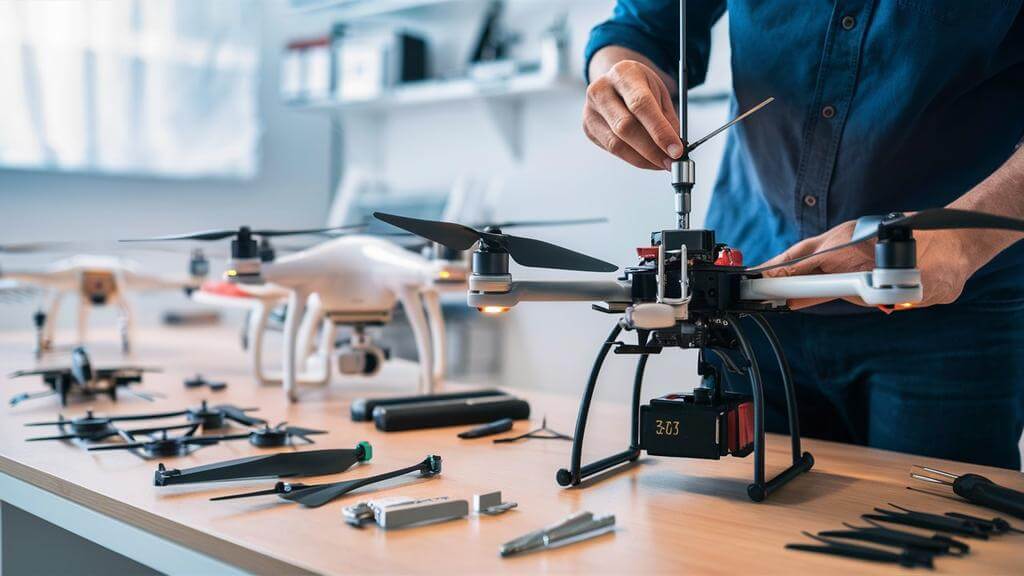
Troubleshooting Common Performance Issues
- Short Flight Times: Check for overworked batteries, overweight payloads, or excessive wind resistance.
- Unstable Flights: Ensure propellers are balanced, motors are functioning properly, and payloads are evenly distributed.
- Limited Range: Upgrade your drone’s antennas or use signal boosters to improve communication with the controller.
Maximizing Drone Performance for Specific Applications
- Aerial Photography: Use vibration dampers to stabilize the camera and enhance image quality.
- Delivery Services: Optimize flight routes to save time and battery life while carrying payloads.
- Agricultural Monitoring: Integrate specialized sensors and use drones with longer flight ranges.
By applying these strategies to maximize drone performance, you can ensure your drone performs at its best, offering smoother, more efficient, and reliable operations for any application.
Detecting Inefficiencies in Your Drone’s Performance
Identifying inefficiencies in your drone’s operation is crucial to optimizing performance, extending flight time, and ensuring safe operations. Here’s how to systematically detect and address common performance issues:
Analyze Flight Logs and Telemetry Data
Modern drones often come with software or apps that record flight data, including:
- Battery Usage: High or irregular battery drain could indicate motor strain, propeller damage, or excessive payload weight.
- Flight Stability Metrics: Sudden changes in altitude or heading might reveal calibration issues or aerodynamic inefficiencies.
- Motor Performance: Uneven RPMs (revolutions per minute) may point to damaged or unbalanced propellers.
Review this data regularly to identify patterns of inefficiency.
Perform a Visual Inspection
Inspect your drone before and after each flight to detect wear and tear:
- Propellers: Look for cracks, chips, or bends that can reduce lift and cause instability.
- Motors: Check for unusual vibrations, overheating, or irregular noise during operation.
- Frame and Housing: Identify loose components or damage that might increase drag or compromise aerodynamics.

Evaluate Battery Health
Battery inefficiencies are a common culprit for reduced performance. Assess battery health by:
- Checking Voltage Drops: Sudden dips in voltage under load indicate aging or faulty cells.
- Monitoring Charge Times: Longer charge times or reduced capacity can signal the need for replacement.
- Using a Battery Analyzer: Tools like LiPo battery analyzers provide detailed metrics on battery efficiency.
Test for Flight Imbalances
Imbalances can strain your drone’s motors and reduce performance. Detect them by:
- Performing a Hover Test: Observe if your drone hovers evenly. Tilting or drifting may indicate uneven weight distribution or motor issues.
- Checking Payload Placement: Ensure payloads are centered and securely attached to avoid dragging or instability.
Assess Environmental Impact
External factors can also contribute to inefficiencies:
- Wind Resistance: Flying in strong winds increases power consumption and reduces stability.
- Temperature Extremes: Cold weather can shorten battery life, while excessive heat may overwork motors.
- Altitude: High altitudes with thinner air reduce lift efficiency, especially for smaller drones.
Monitor Controller and Signal Response
Poor signal strength or delayed responses from the controller can result in erratic flights. Check for:
- Interference: Wi-Fi networks, power lines, or crowded frequencies can disrupt communication.
- Antenna Placement: Ensure your drone’s and controller’s antennas are optimally aligned for consistent signal strength.
Routine Testing for Firmware and Software
Outdated firmware can cause compatibility issues and limit performance. Regularly check for:
- Updates: Install the latest firmware to improve efficiency, add new features, and fix bugs.
- Configuration Settings: Review settings for flight modes, GPS calibration, and sensitivity to match your operational needs.
By systematically detecting inefficiencies, you can pinpoint areas for improvement, ensuring your drone operates at peak performance for longer and more reliable flights.
Try our Range Calculator to learn more information on maximizing drone performance.
